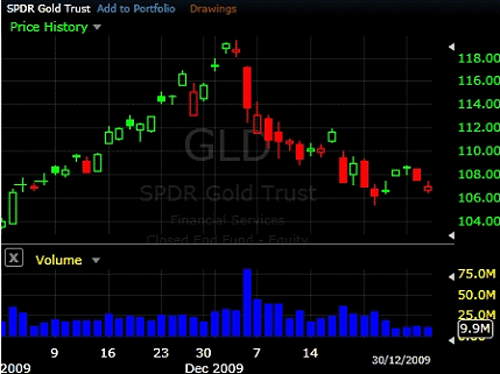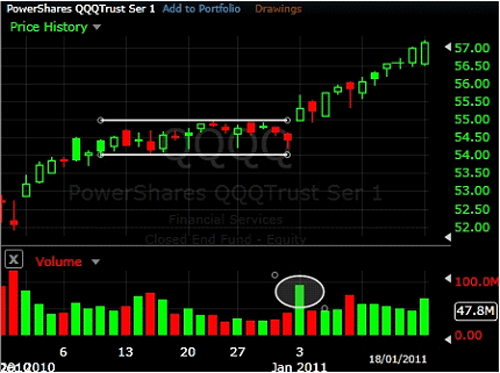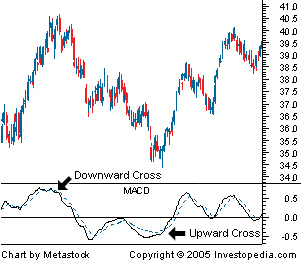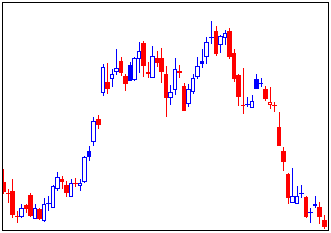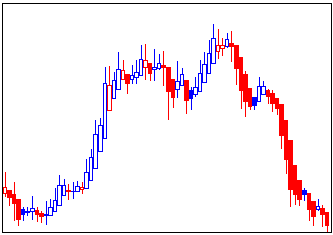What is it?
How is it calculated?
The indicator has a three step calculation:
1. Money Flow Multiplier = [(close - low) - (high - close)] /(high - low)
2. Money Flow Volume = Money Flow Multiplier x volume for the period
3. Accumulation/Distribution= previous Accumulation/Distribution + current period's Money Flow Volume
How to use it?
This indicator is mainly used to confirm trends or spot potencial trend weakness & reversal when there is a divergence with the price trend.Unlike the OBV, the Accum/Dist Line takes into account each individual period, giving it a different value based on if it cloed near its highs or near its lows. This means that a slightly red hammer day, won't affect the line the same way as a long red candle would, thus allowing to track the volume more accuratetly than the OBV.



